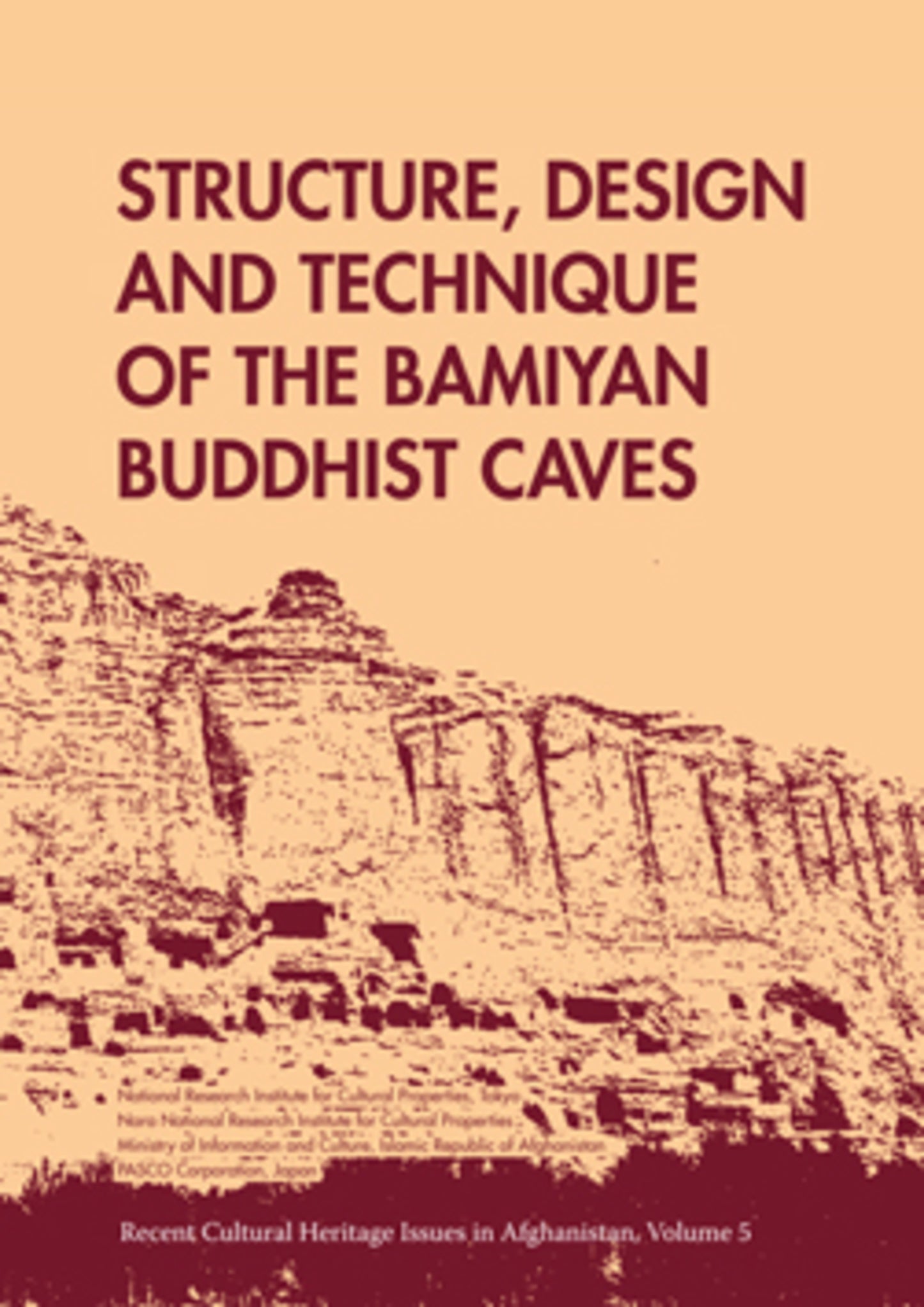We're sorry. An error has occurred
Please cancel or retry.
Structure, Design and Technique of the Bamiyan Buddhist Caves

Some error occured while loading the Quick View. Please close the Quick View and try reloading the page.
Couldn't load pickup availability
- Format:
-
01 June 2013

Since the two Giant Buddhas at the Bamiyan site in Afghanistan were tragically ravaged in March 2001, international specialists from Japan, Germany and Italy, under the coordination of UNESCO, have continuously cooperated in support of conservation projects to preserve the cultural heritage in Bamiyan. Following conservation work on mural paintings and archaeological research commenced on the Buddhist caves in 2005 to understand and document the current situation of the caves and their architectural features. This monograph - the English language edition of the fifth volume of�Recent Cultural Heritage Issues in Afghanistan�published by National Research Institute for Cultural Properties, Tokyo; Nara National Research Institute for Cultural Properties; Ministry of Information and Culture, Islamic Republic of Afghanistan and the PASCO Corporation, Japan - reports on these field studies which aim to further understanding of, and support for, Japanese conservation activities on international cultural properties.

ARCHITECTURE / Buildings / Landmarks & Monuments, Architecture: public, commercial and industrial buildings

Foreword
Preface
Overview of the research on the Bamiyan Buddhist Caves
Previous studies on the Bamiyan Buddhist Caves
Present condition of the caves on the Bamiyan Great Cliff
Details of the caves on the Great Cliff in Bamiyan
Survey of the caves in the Foladi Valley
Survey of the caves in the Kakrak Valley
The traditional architecture
Architectural features of the Buddhist caves on the Bamiyan Great Cliff
Caves: current situation and site management
Conclusion and perspectives
Afterword
Appendix 1
Appendix 2
Bibliography



